Just add graphene for greener Li-ion batteries
Thursday, 07 July 2022 16:59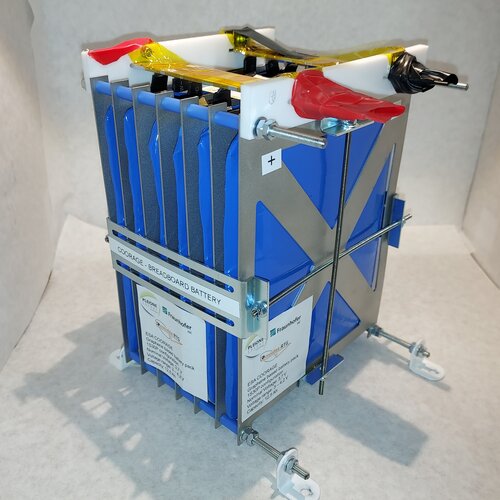
Harder than diamond and more electrically conductive than copper while also a million times thinner than paper: graphene is the single greatest discovery of 21st century materials science, and ESA has been working to benefit from its miraculous properties. A project to add ultra-thin graphene to traditional Lithium ion cells offers enhanced capacity and cycle life for future space batteries, which can now be manufactured in a cheaper, greener way – swapping toxic solvent for water and plant-based cellulose.
Stellar Ventures unveils $23 million early-stage fund
Thursday, 07 July 2022 15:01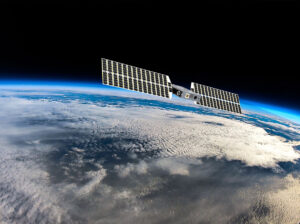
Stellar Ventures unveiled a fund July 7 with $23 million to invest in early-stage space-related startups.
The post Stellar Ventures unveils $23 million early-stage fund appeared first on SpaceNews.
Vega-C pre-launch press briefing
Thursday, 07 July 2022 15:00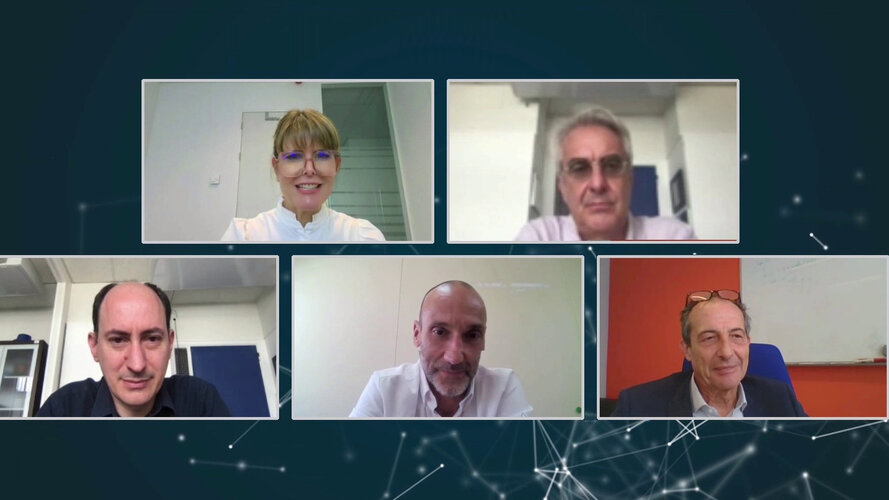 Video:
00:43:03
Video:
00:43:03
Watch the replay of the Q&A session with the media to learn more about the preparations for the upcoming launch of Vega-C. The inaugural flight of this new rocket in the Vega family is currently planned on 13 July 2022. Speakers include Stefano Bianchi, ESA Head of Flight Programmes Department, Benoit Pouffary, ESA Vega & Space Rider Launch System Engineering Manager, Ettore Scardecchia, Avio Head of Engineering and Mario Cosmo, ASI Director of Science and Research.
Defense Innovation Unit selects contractors to build hybrid space network
Thursday, 07 July 2022 13:00
Anduril, Aalyria, Atlas Space and Enveil won contracts for the Defense Innovation Unit's hybrid space architecture program
The post Defense Innovation Unit selects contractors to build hybrid space network appeared first on SpaceNews.
What do you hear, Starbuck?
Thursday, 07 July 2022 12:00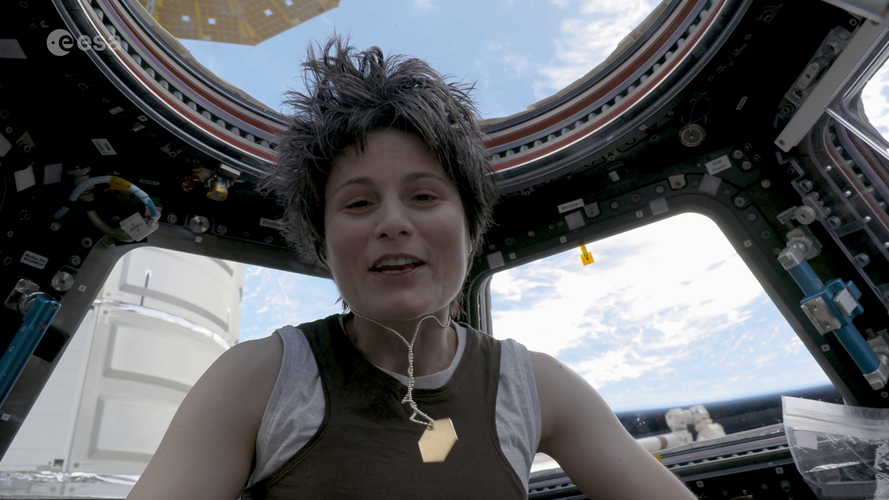 Video:
00:01:50
Video:
00:01:50
FedCon is one of Europe's largest science fiction conventions, its 2022 edition held earlier this month in Bonn in Germany. Actors from the many incarnations of Star Trek, as well as Star Wars, Doctor Who, and other science fiction shows met with thousands of fans.
ESA has been taking part in FedCon since 2015, with talks, panels, and a stand covering our space science, earth observation, and human exploration missions. At this year's event, scientists and engineers from ESTEC, ESOC, and the EAC gave talks about JWST, Rosetta, mission operations, and careers with ESA.
In addition, to help celebrate
Rocket Lab to launch responsive space missions for National Reconnaissance Office
Thursday, 07 July 2022 11:38 Rocket Lab USA, Inc (Nasdaq: RKLB) reports its next two launches will be responsive space missions for the United States Government's National Reconnaissance Office. Launching from Rocket Lab Launch Complex 1 on two Electron rockets, Rocket Lab is scheduled to deploy satellites to space for the NRO within only 10 days of each other. NROL-162 ("Wise One Looks Ahead") will launch from Rocket Lab L
Rocket Lab USA, Inc (Nasdaq: RKLB) reports its next two launches will be responsive space missions for the United States Government's National Reconnaissance Office. Launching from Rocket Lab Launch Complex 1 on two Electron rockets, Rocket Lab is scheduled to deploy satellites to space for the NRO within only 10 days of each other. NROL-162 ("Wise One Looks Ahead") will launch from Rocket Lab L Carnegie Mellon is reimagining nanosatellite capabilities with orbital edge computing
Thursday, 07 July 2022 11:38 Researchers at Carnegie Mellon University's College of Engineering are setting out on a mission to reimagine the capabilities of nanosatellites in low-Earth orbit.
Backed by a $7 million grant from the National Science Foundation's (NSF) Cyber-Physical Systems (CPS) Frontiers Program, the CMU initiative will transform constellations of nanosatellites into sophisticated distributed computin
Researchers at Carnegie Mellon University's College of Engineering are setting out on a mission to reimagine the capabilities of nanosatellites in low-Earth orbit.
Backed by a $7 million grant from the National Science Foundation's (NSF) Cyber-Physical Systems (CPS) Frontiers Program, the CMU initiative will transform constellations of nanosatellites into sophisticated distributed computin China rejects 'concern' by NASA chief about Beijing militarizing the moon
Thursday, 07 July 2022 11:38 The Chinese government hit back on Tuesday at the head of the American space program over remarks he made in an interview that suggested Beijing is seeking to militarize the moon.
NASA Administrator Bill Nelson criticized China in the interview with German newspaper Bild and said there should be concern about Chinese efforts to explore the moon.
"We must be very concerned that Ch
The Chinese government hit back on Tuesday at the head of the American space program over remarks he made in an interview that suggested Beijing is seeking to militarize the moon.
NASA Administrator Bill Nelson criticized China in the interview with German newspaper Bild and said there should be concern about Chinese efforts to explore the moon.
"We must be very concerned that Ch Kleos Space invests for future growth in the UK
Thursday, 07 July 2022 11:38 Kleos Space Ltd, the UK subsidiary of Kleos Space S.A., is to set up operations at the Space Park Leicester, a world-leading hub for innovative research, enterprise and education in space and
earth observation. Kleos is a 'space-powered' Radio Frequency Reconnaissance Data-as-a- Service (DaaS) and Mission-as-a-Service (MaaS) provider.
The new UK facility will provide access to a buoy
Kleos Space Ltd, the UK subsidiary of Kleos Space S.A., is to set up operations at the Space Park Leicester, a world-leading hub for innovative research, enterprise and education in space and
earth observation. Kleos is a 'space-powered' Radio Frequency Reconnaissance Data-as-a- Service (DaaS) and Mission-as-a-Service (MaaS) provider.
The new UK facility will provide access to a buoy Airbus to provide 42 satellite platforms and services to Northrop Grumman for the US Space Development Agency program
Thursday, 07 July 2022 11:38 Airbus U.S. Space and Defense, Inc., has been contracted to provide 42 satellite platforms as well as assembly, integration, and test (AIT), launch, and space vehicle commissioning support services to Northrop Grumman to satisfy the U.S. Space Development Agency's (SDA) Tranche 1 Transport Layer prototype constellation (T1TL) award.
The Transport Layer will serve as the backbone for SDA's
Airbus U.S. Space and Defense, Inc., has been contracted to provide 42 satellite platforms as well as assembly, integration, and test (AIT), launch, and space vehicle commissioning support services to Northrop Grumman to satisfy the U.S. Space Development Agency's (SDA) Tranche 1 Transport Layer prototype constellation (T1TL) award.
The Transport Layer will serve as the backbone for SDA's Synspective releases First Image from its Small SAR Satellite "StriX-ss" that captures 3 cities around the world
Thursday, 07 July 2022 11:38 Synspective Inc., a SAR satellite data and analytic- solution provider, announced that it has successfully acquired its first image from its second SAR satellite, "StriX-ss".
"StriX-ss" was launched by Rocket Lab's Electron from New Zealand's Mahia Peninsula launch site on March 1, 2022 (JST) and put into target orbit at an altitude of 561km in a sun-synchronous orbit (SSO). Since then, it
Synspective Inc., a SAR satellite data and analytic- solution provider, announced that it has successfully acquired its first image from its second SAR satellite, "StriX-ss".
"StriX-ss" was launched by Rocket Lab's Electron from New Zealand's Mahia Peninsula launch site on March 1, 2022 (JST) and put into target orbit at an altitude of 561km in a sun-synchronous orbit (SSO). Since then, it AIR and Nigerian Space Agency sign MOU to collaborate on agriculture monitoring
Thursday, 07 July 2022 11:38 On July 4, 2022, the Aerospace Information Research Institute (AIR), Chinese Academy of Sciences (CAS) signed a memorandum of understanding (MOU) in Beijing through an online event with the National Space Research and Development Agency (NASRDA) of Nigeria to boost collaboration on crop monitoring with the goal to help the country achieve Zero Hunger goal, which is among 17 sustainable developme
On July 4, 2022, the Aerospace Information Research Institute (AIR), Chinese Academy of Sciences (CAS) signed a memorandum of understanding (MOU) in Beijing through an online event with the National Space Research and Development Agency (NASRDA) of Nigeria to boost collaboration on crop monitoring with the goal to help the country achieve Zero Hunger goal, which is among 17 sustainable developme Why Does the Inside of the Solar System Not Spin Faster
Thursday, 07 July 2022 11:38 The motion of a tiny number of charged particles may solve a longstanding mystery about thin gas disks rotating around young stars, according to a new study from Caltech.
These features, called accretion disks, last tens of millions of years and are an early phase of solar system evolution. They contain a small fraction of the mass of the star around which they swirl; imagine a Saturn-like
The motion of a tiny number of charged particles may solve a longstanding mystery about thin gas disks rotating around young stars, according to a new study from Caltech.
These features, called accretion disks, last tens of millions of years and are an early phase of solar system evolution. They contain a small fraction of the mass of the star around which they swirl; imagine a Saturn-like Smart competition for clever navigation at NAVISP Industry Days
Thursday, 07 July 2022 10:45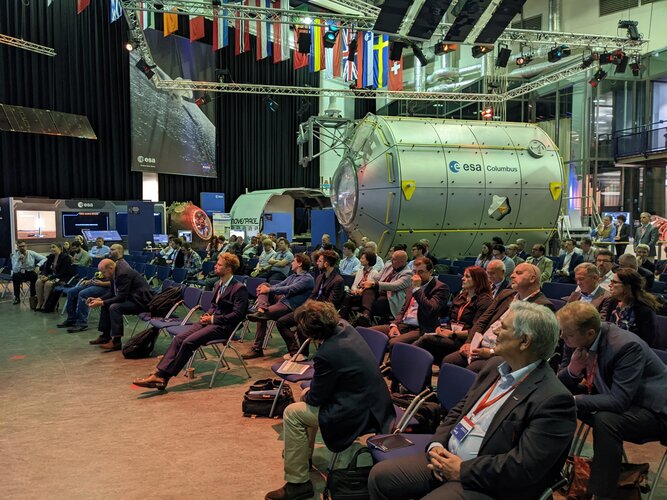
Europe’s leading companies and research institutes working on positioning, navigation, and timing (PNT) technologies met at ESA’s technical heart in the Netherlands in mid-June for this year’s NAVISP Industry Days, devoted to the latest developments in the Agency’s Navigation Innovation and Support Programme.
ESA astronaut selection in the final stages
Thursday, 07 July 2022 09:33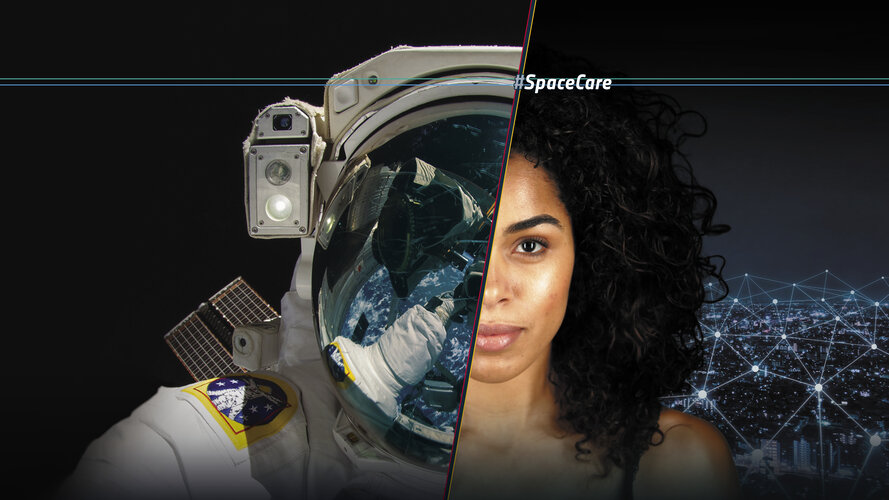
The ESA astronaut selection has been progressing as planned, with phase two of the selection process ending in March this year, and phase three ending in June.
